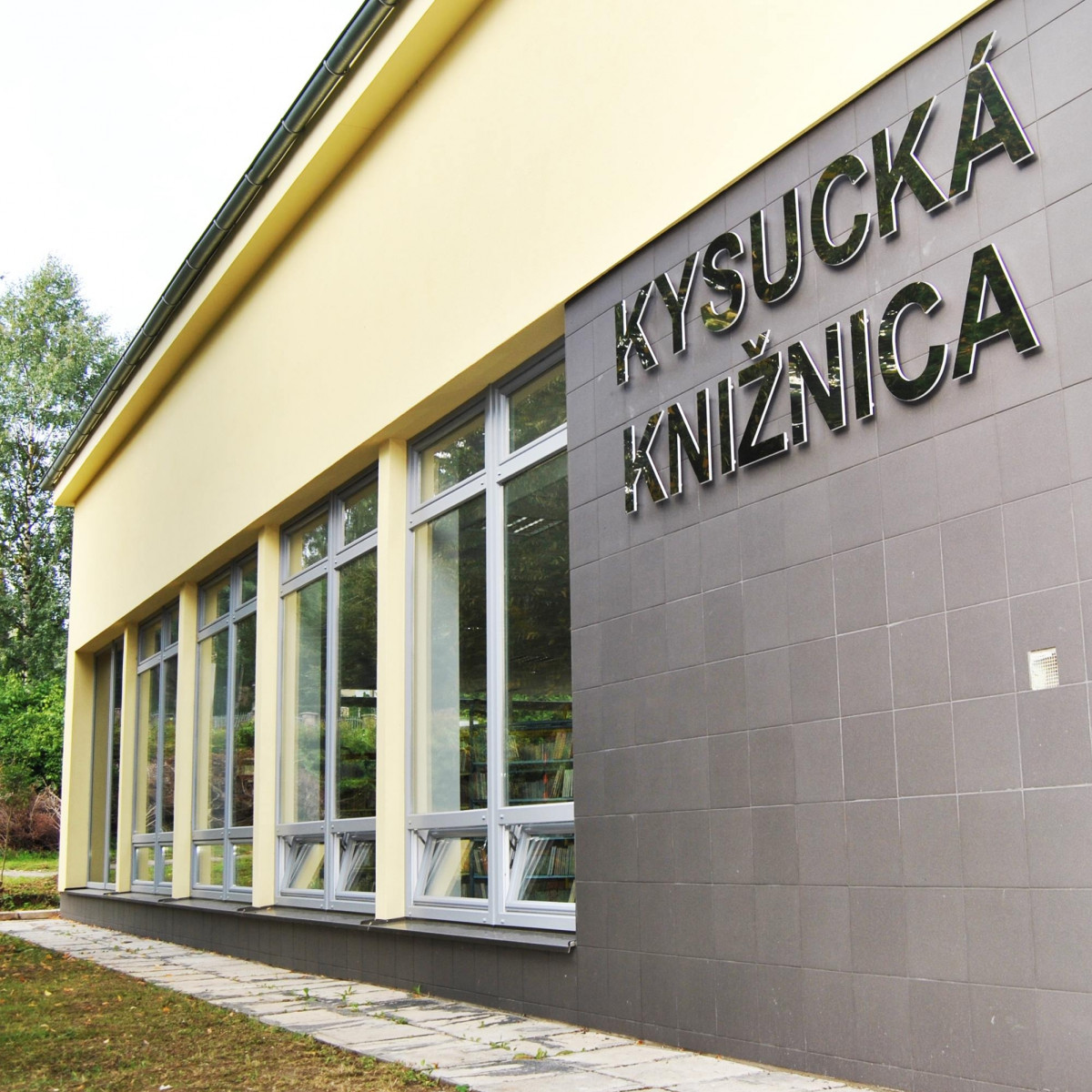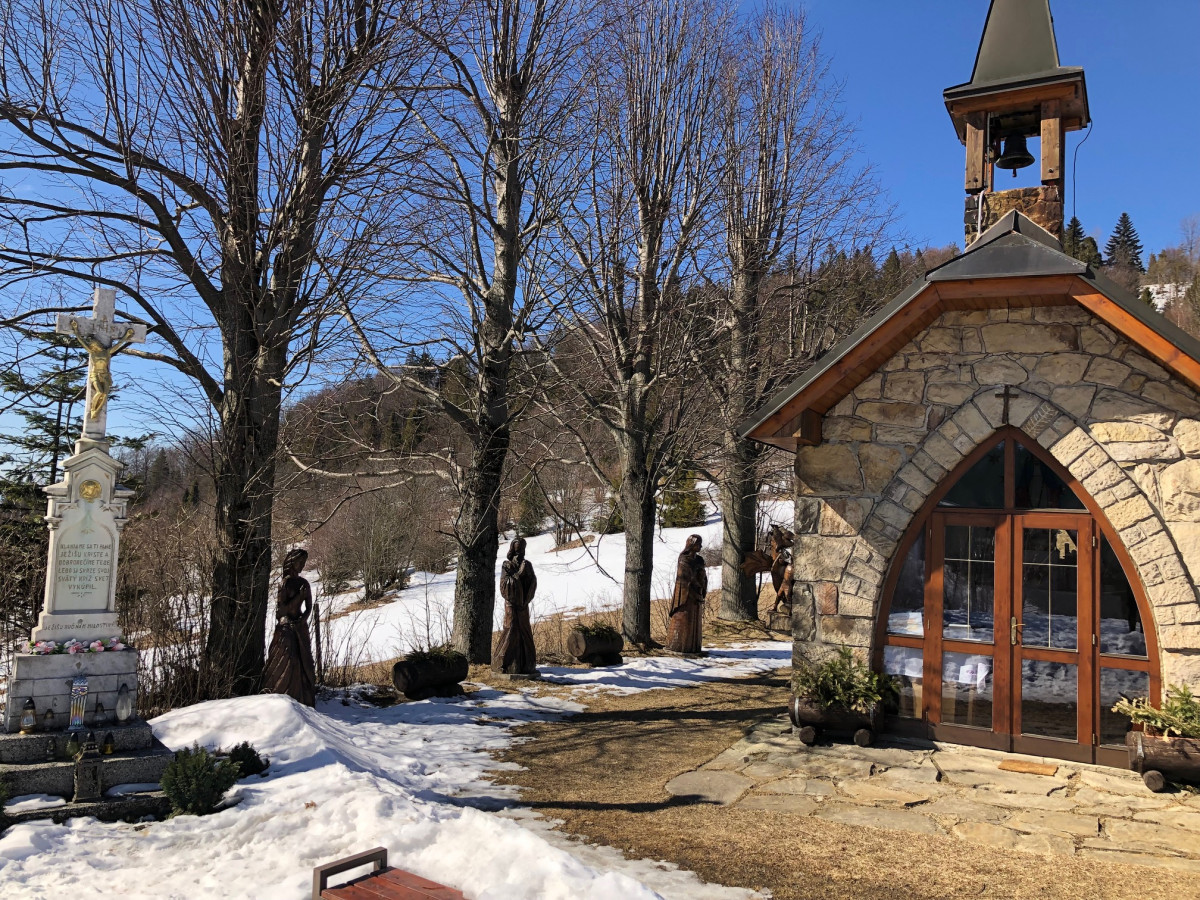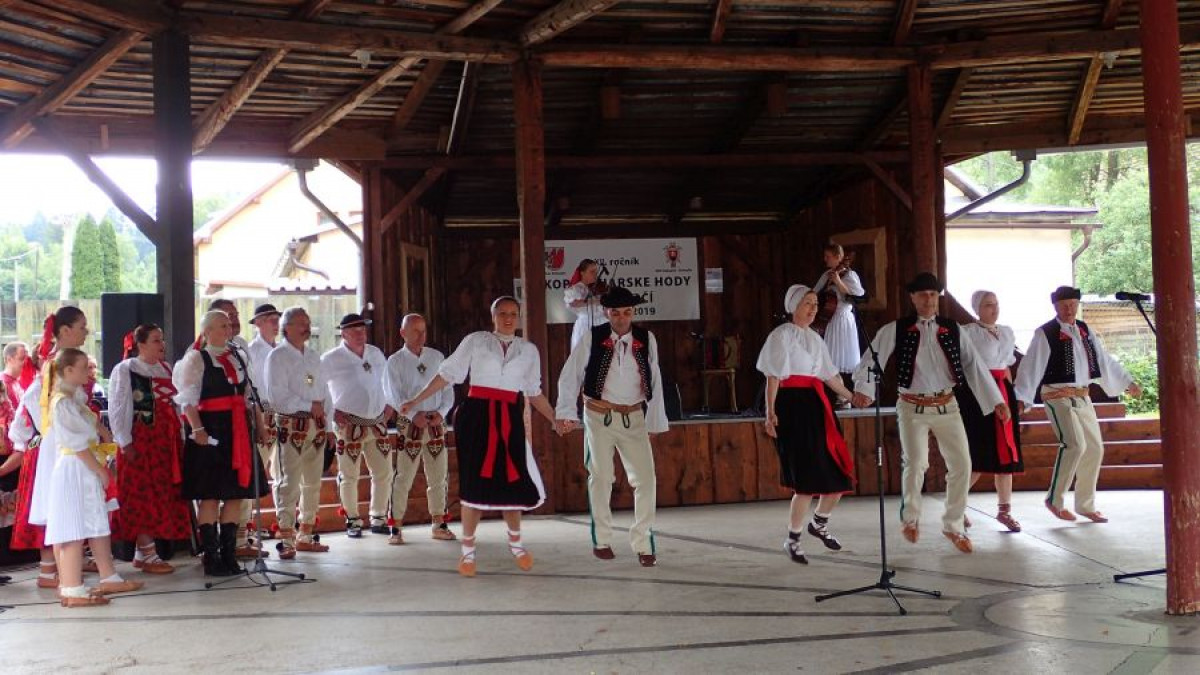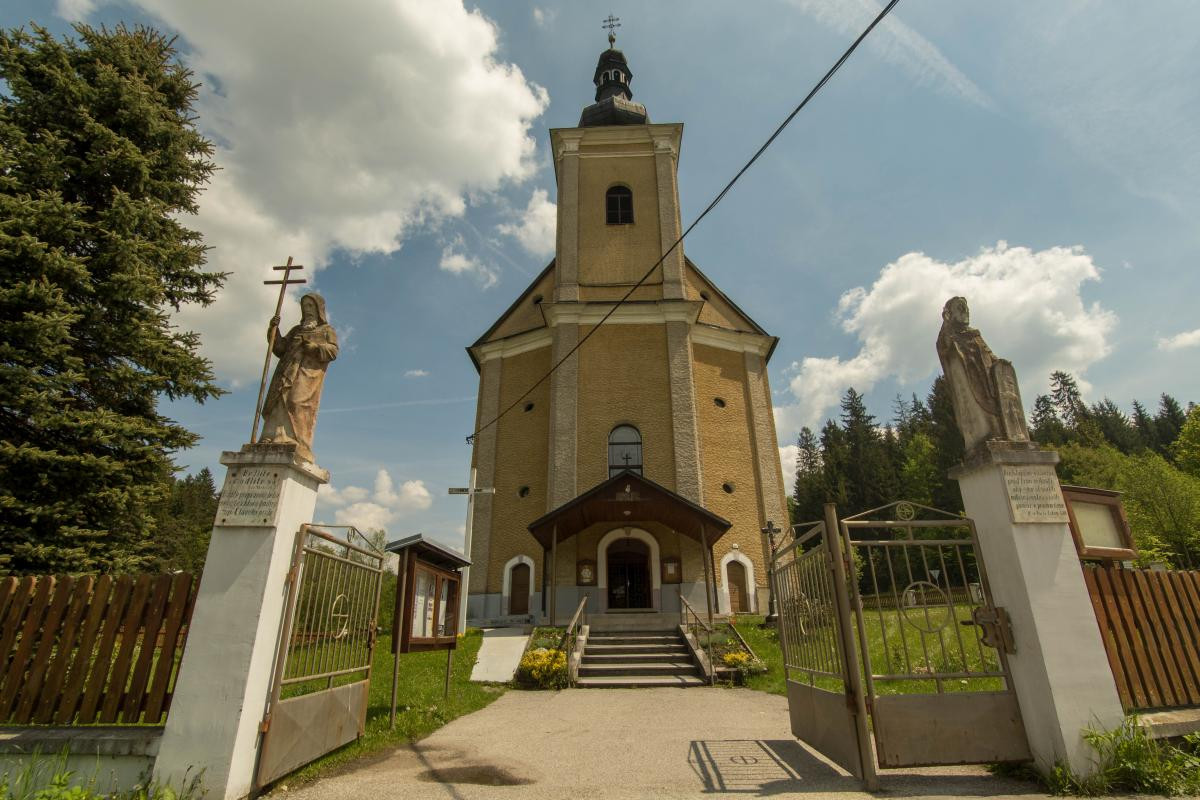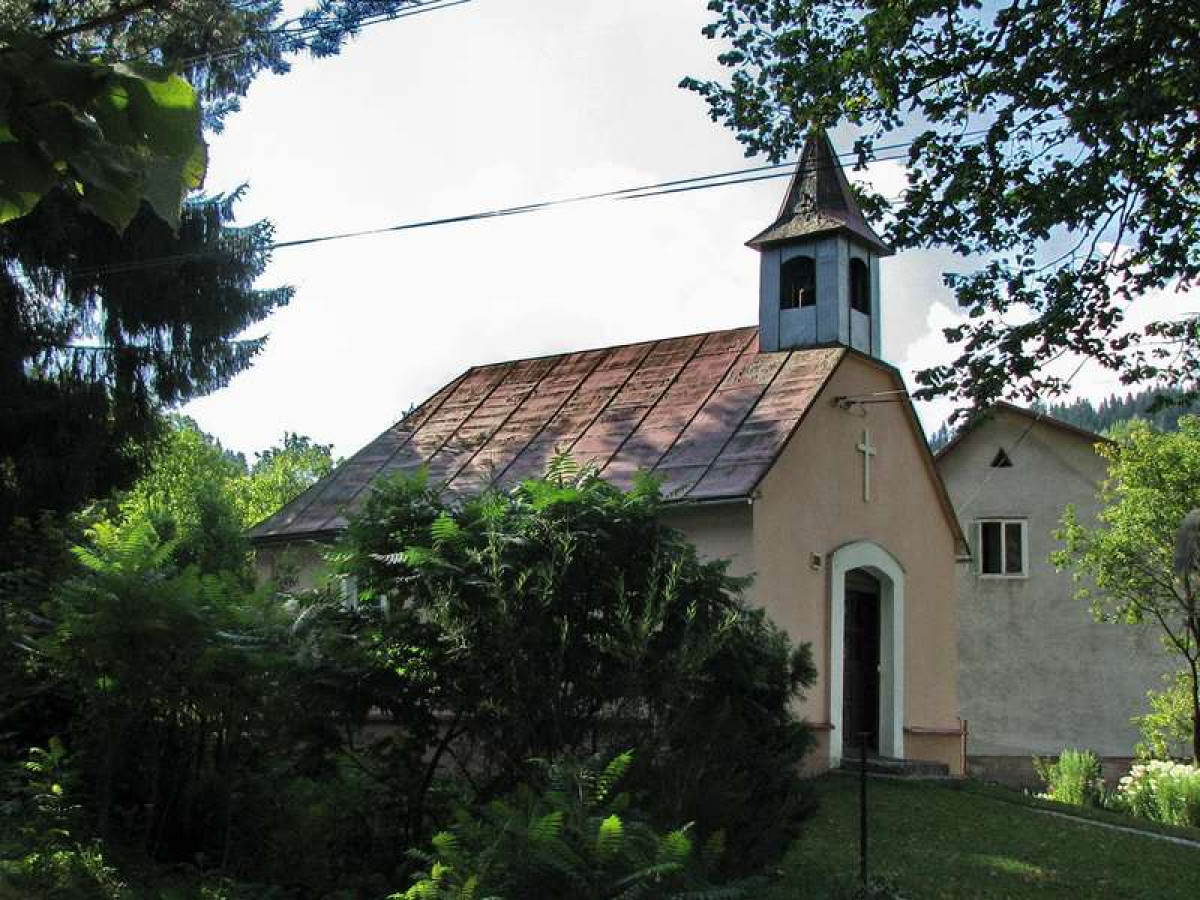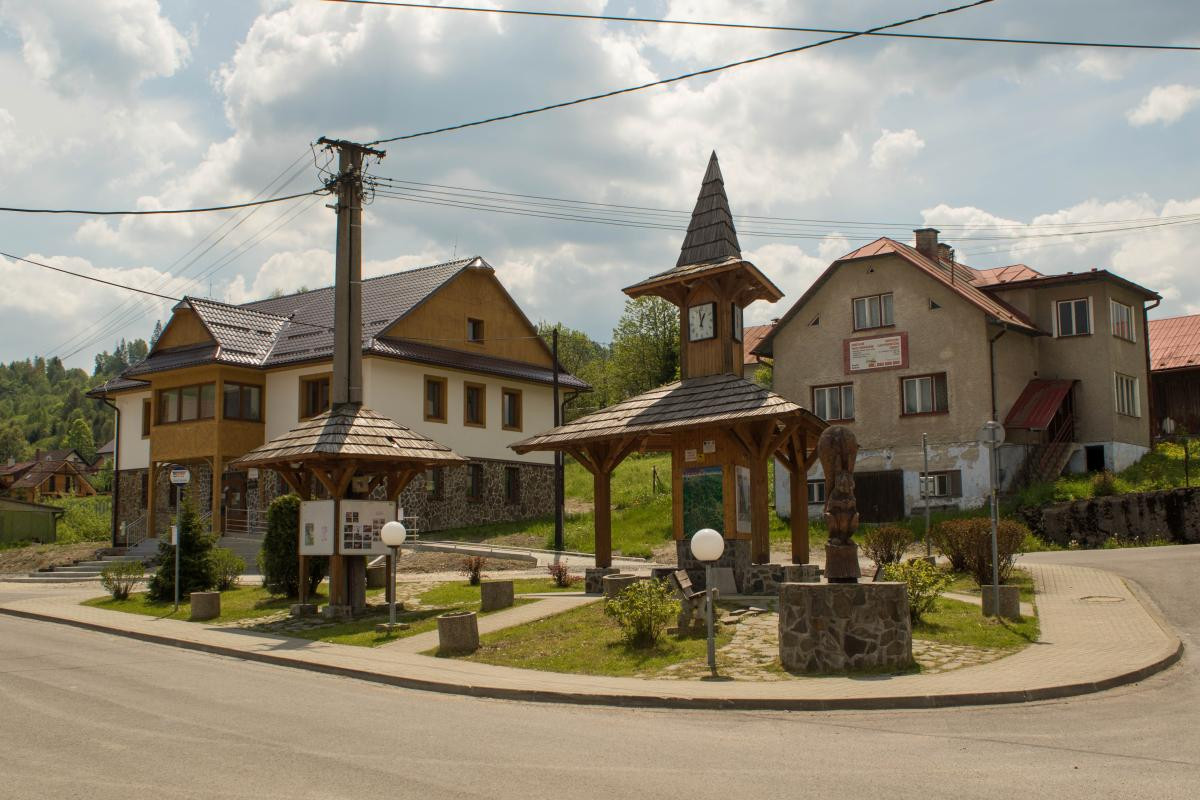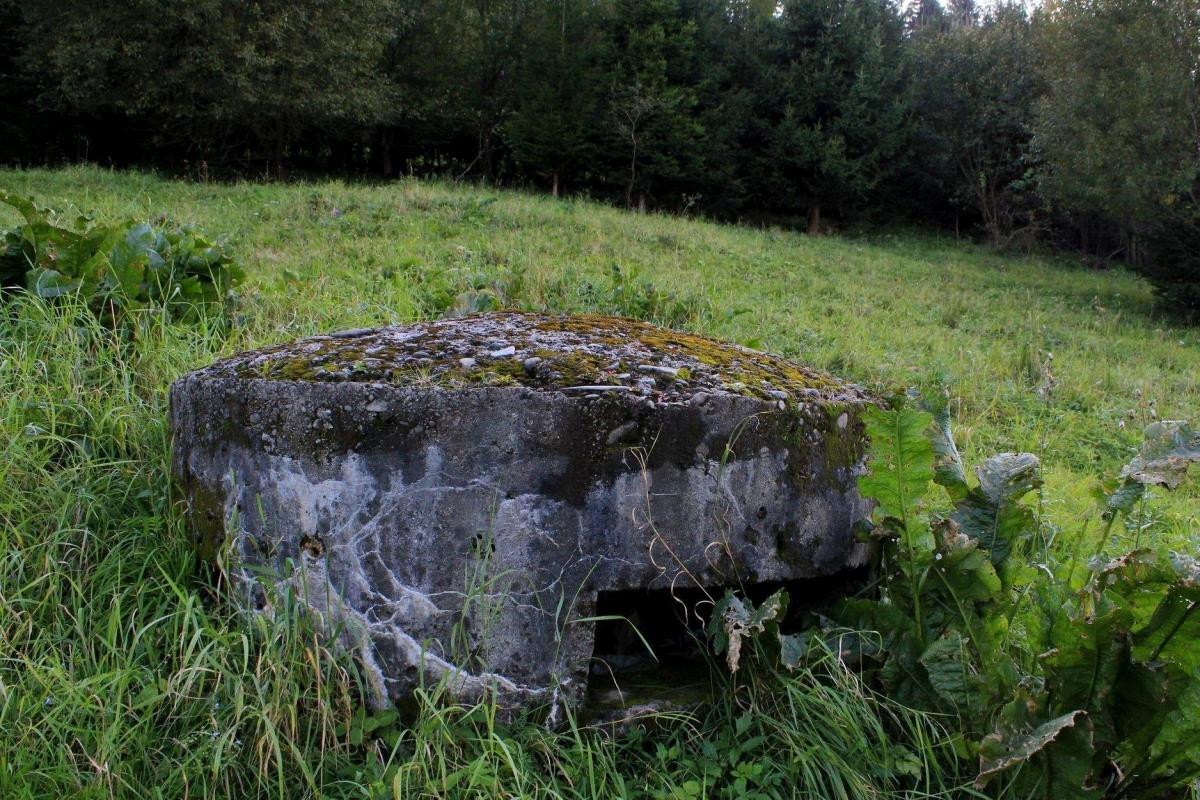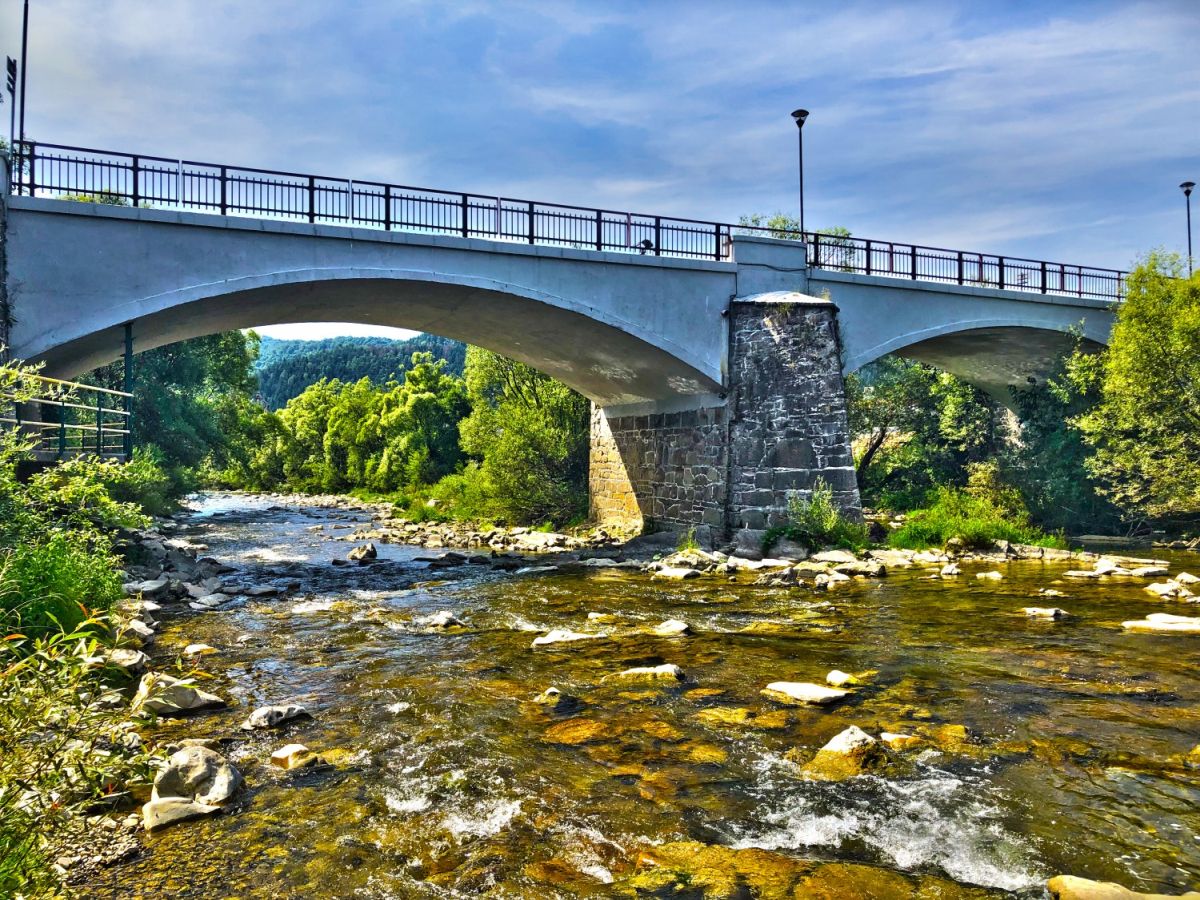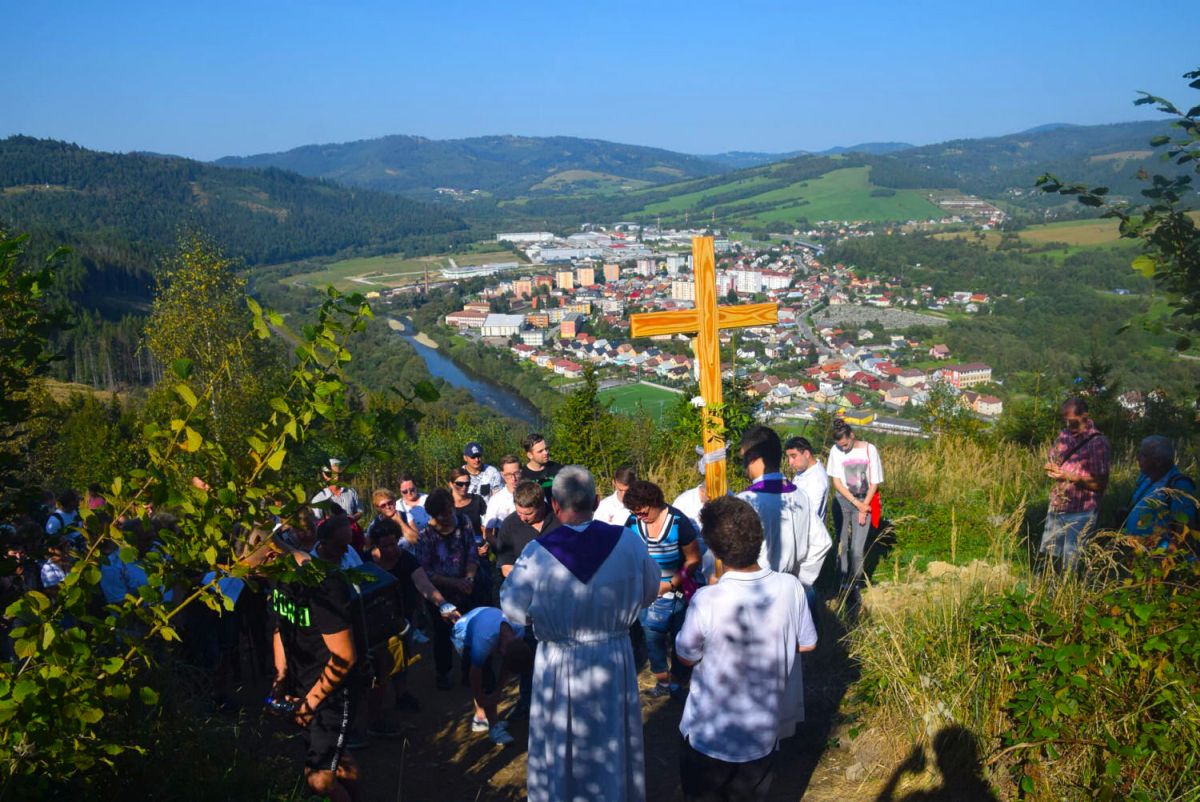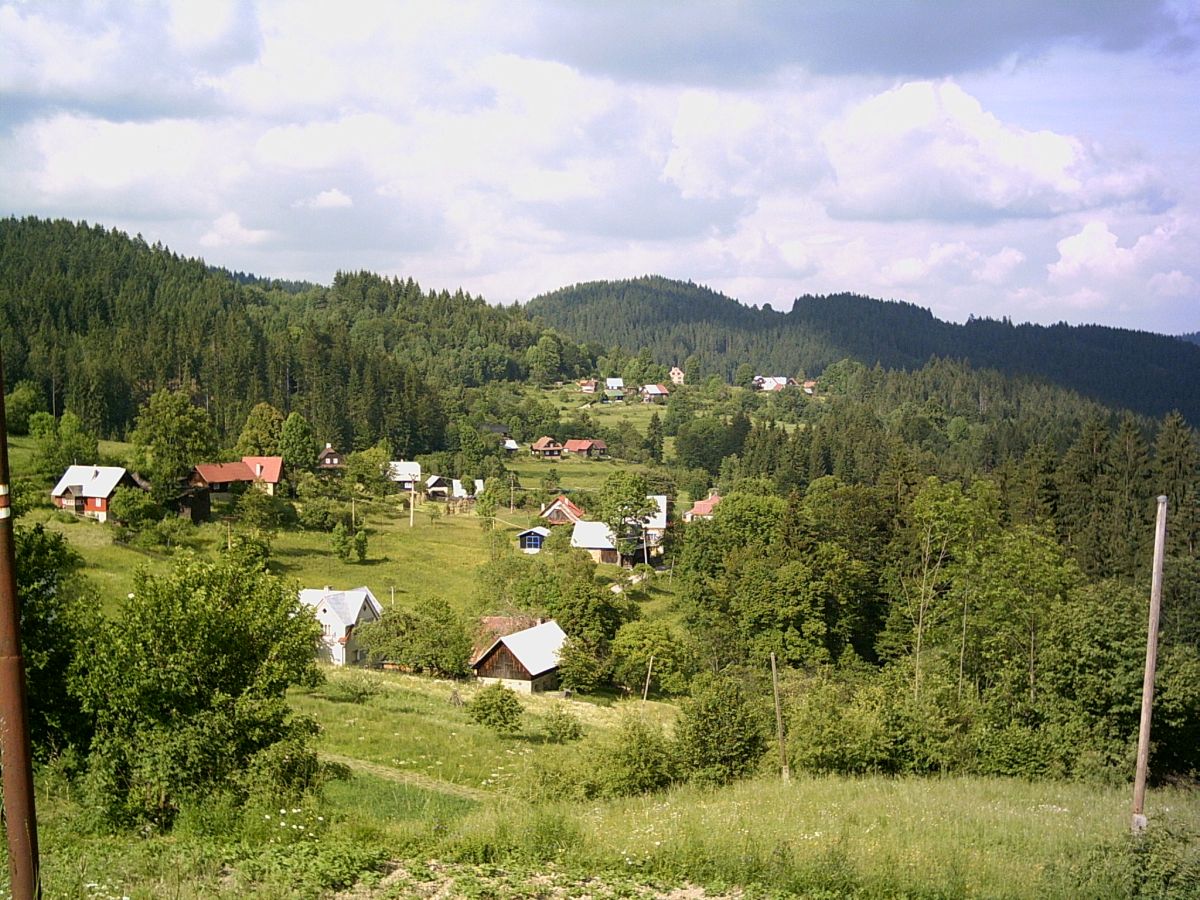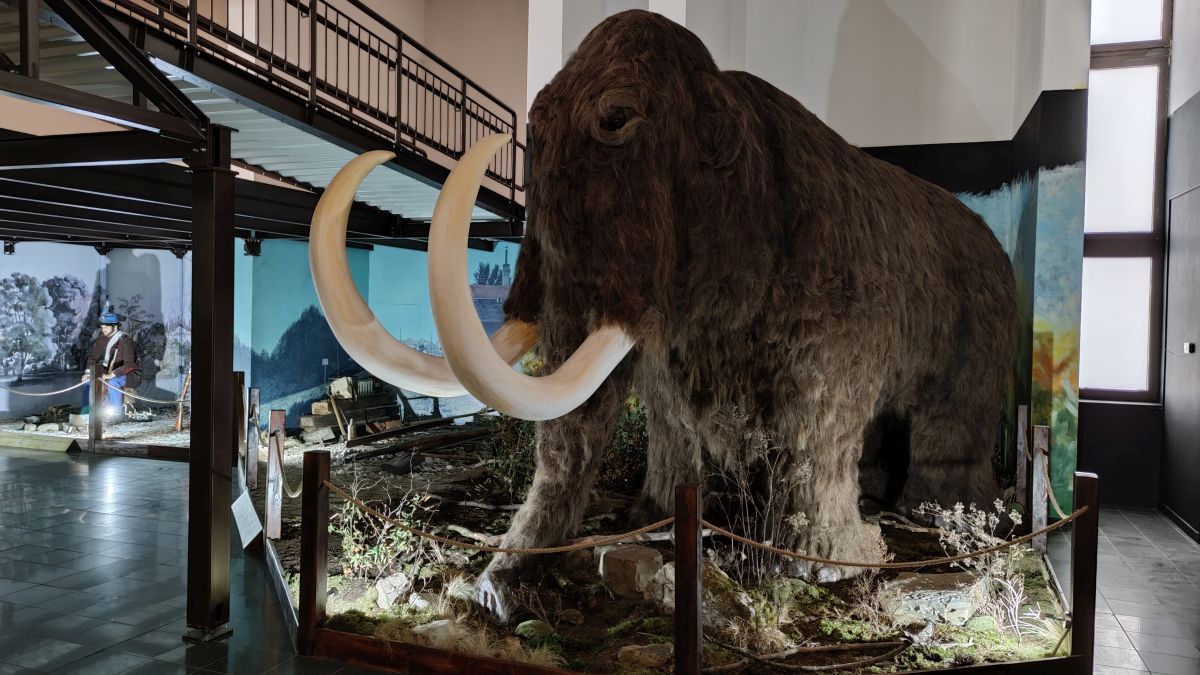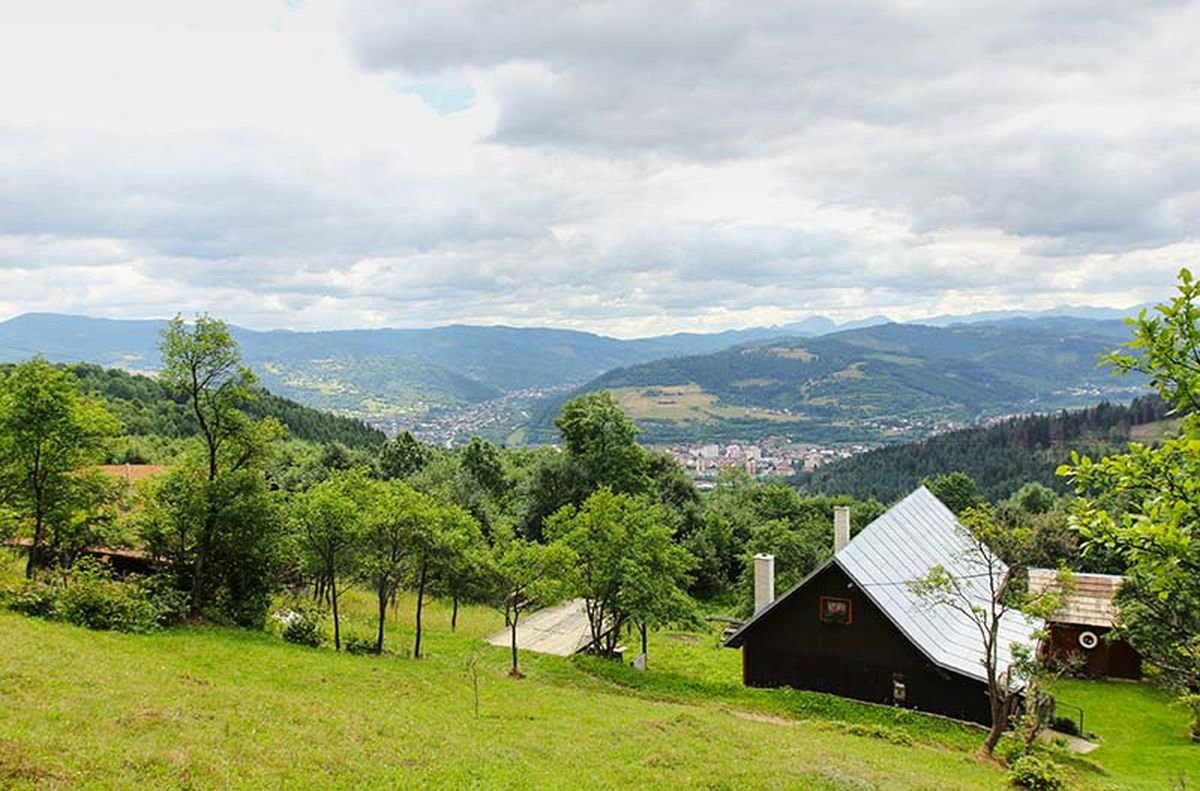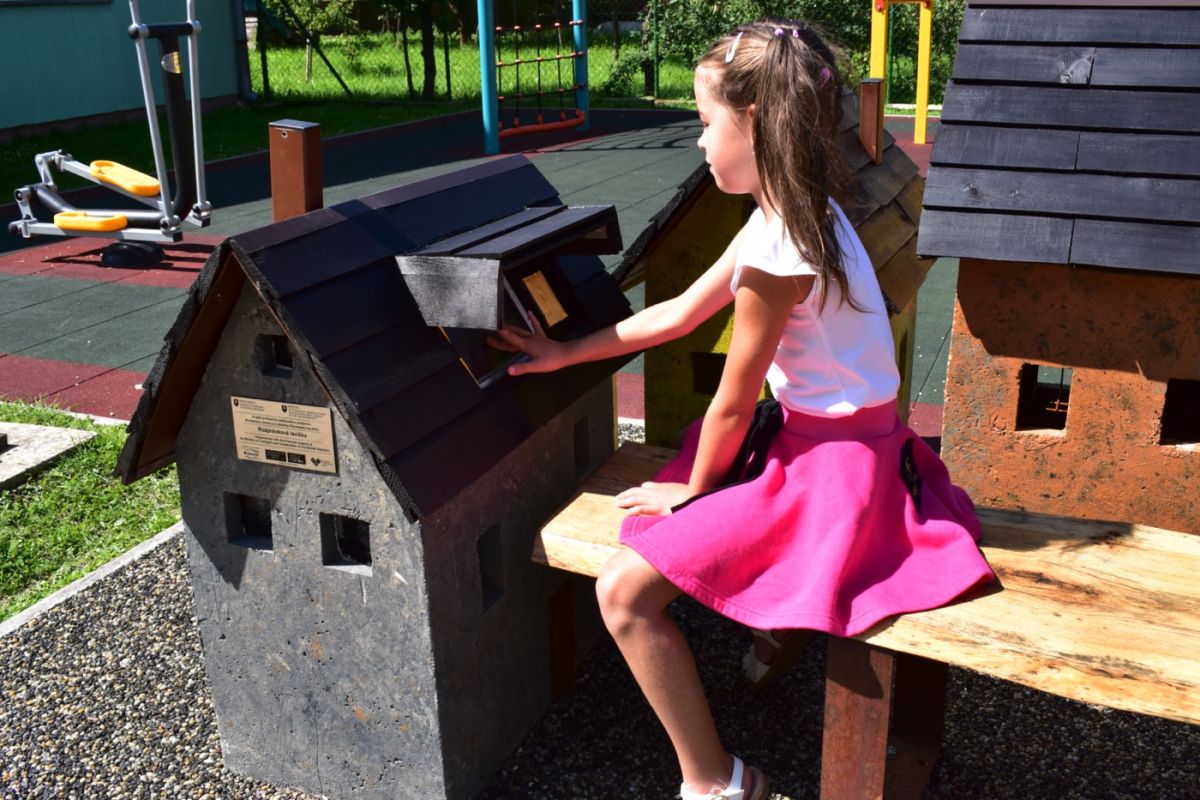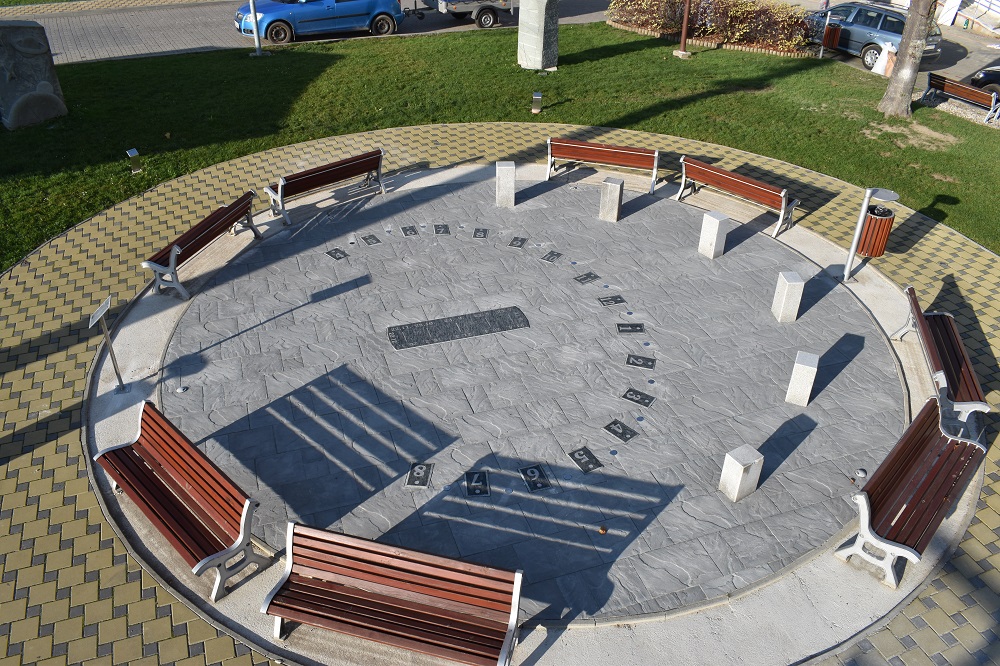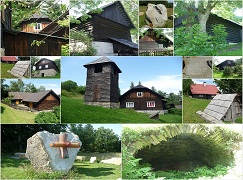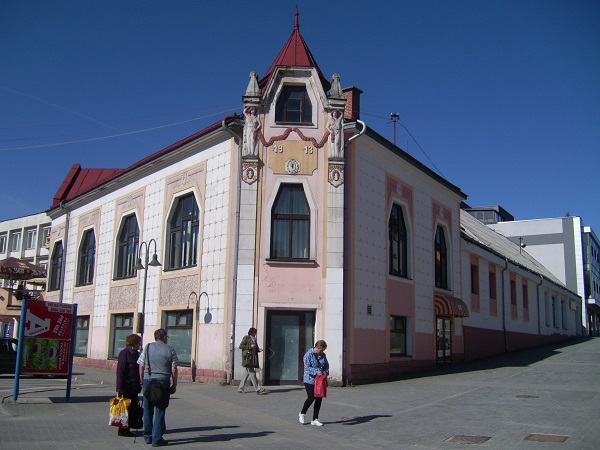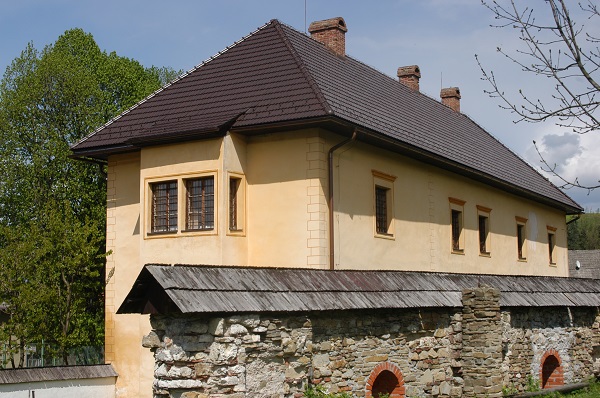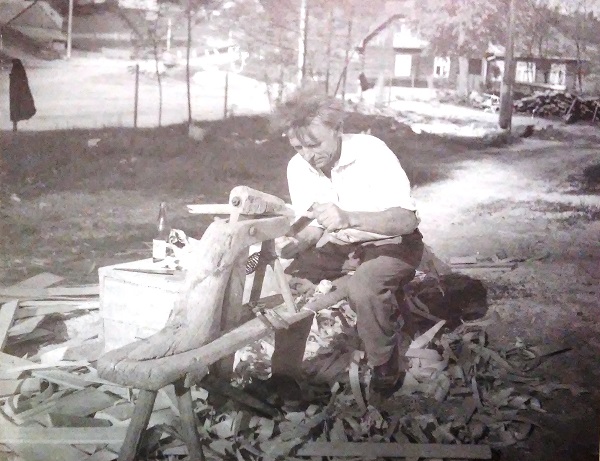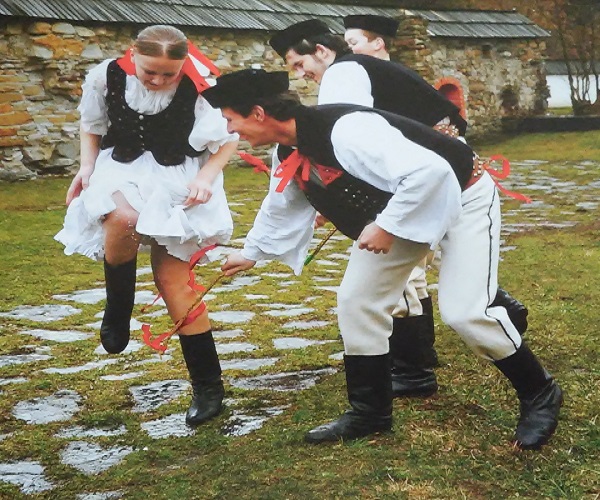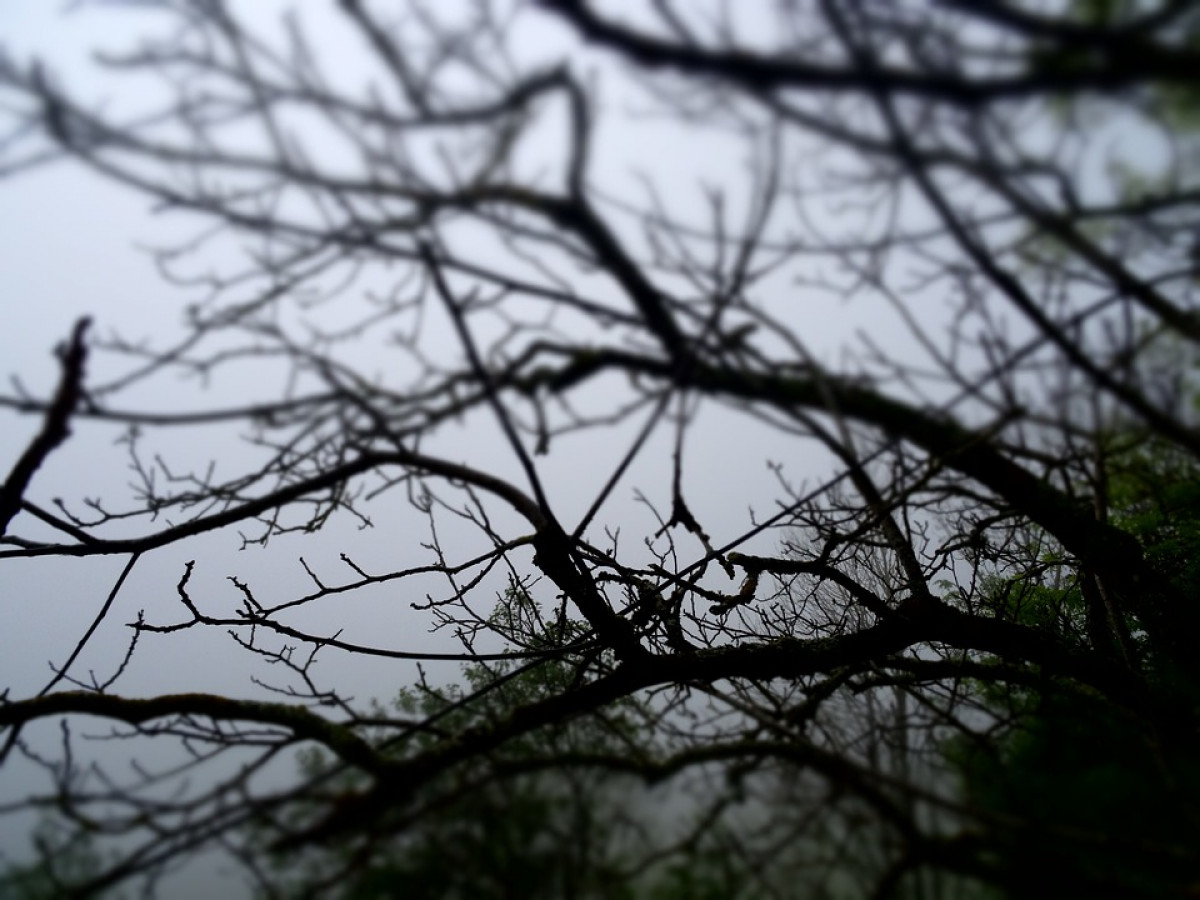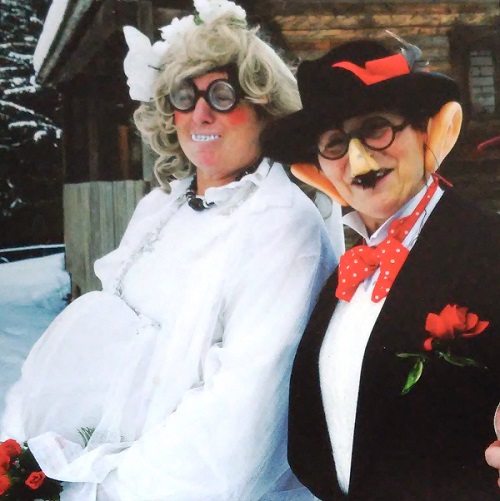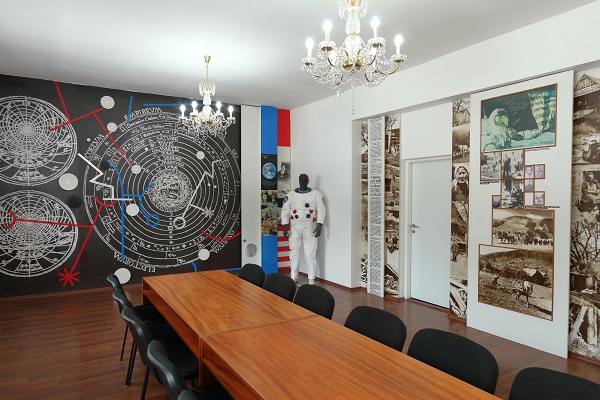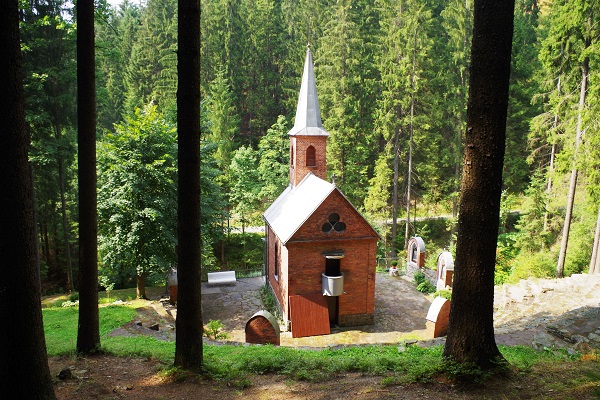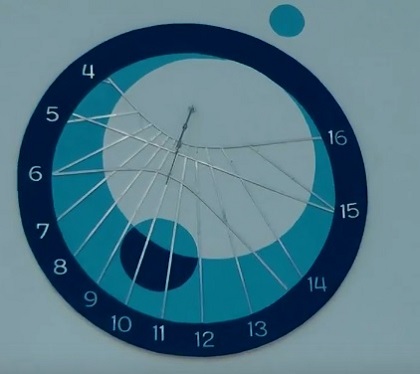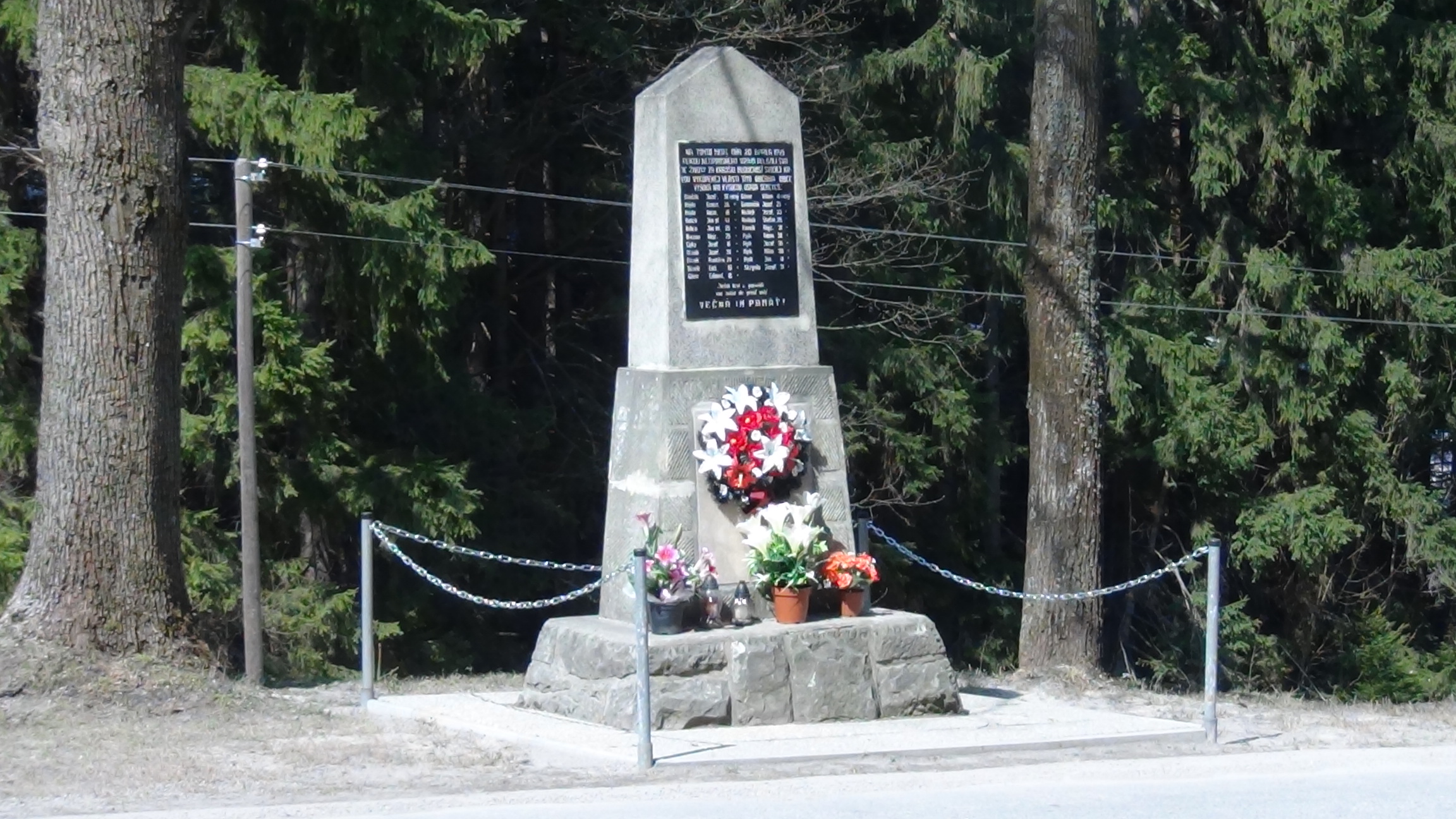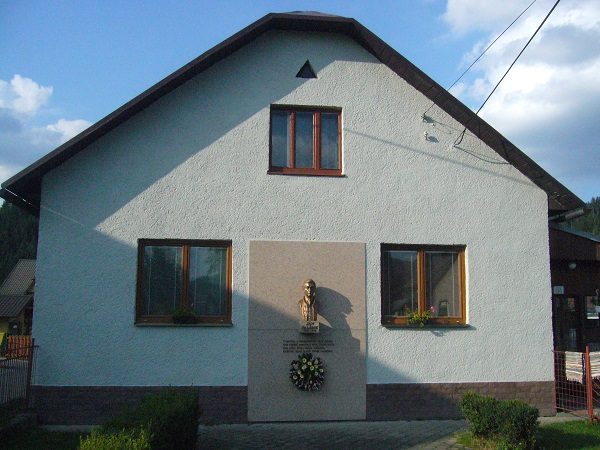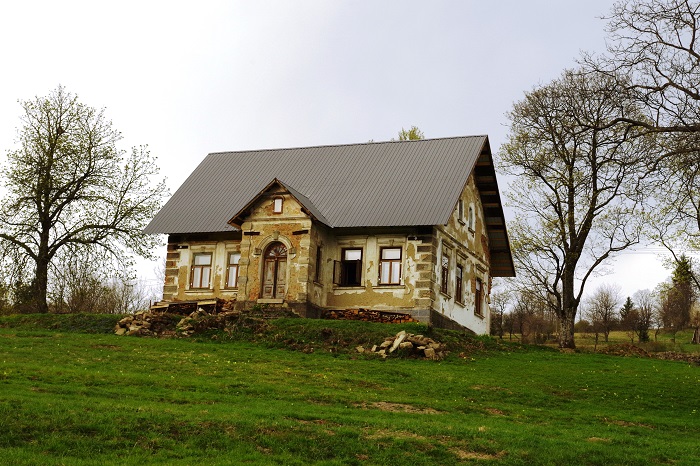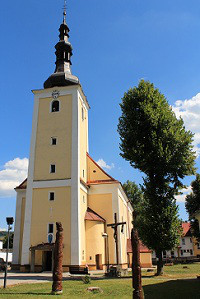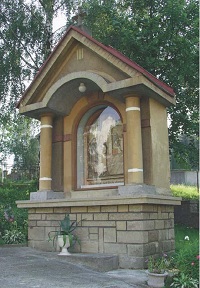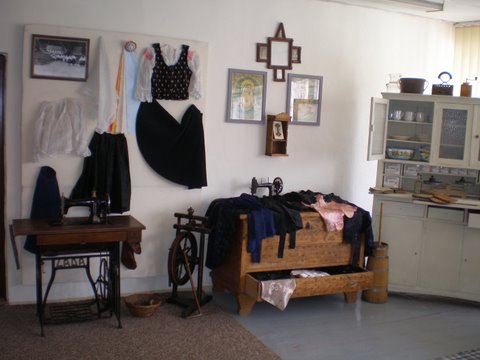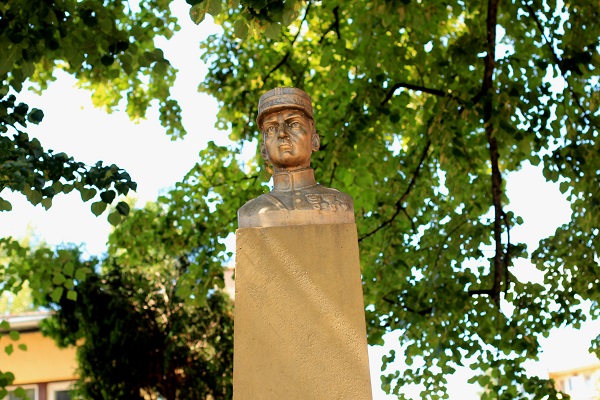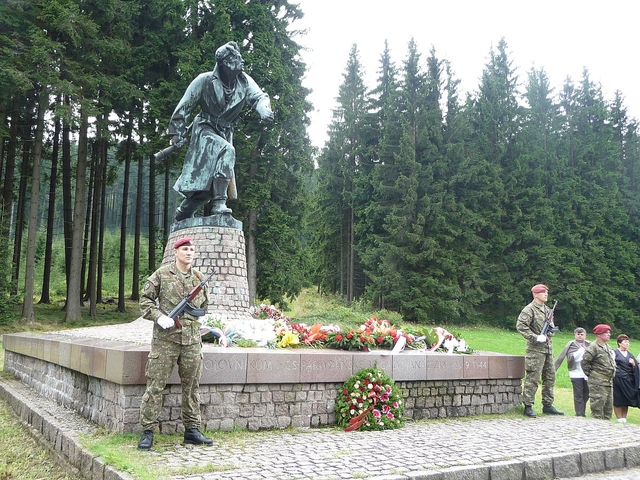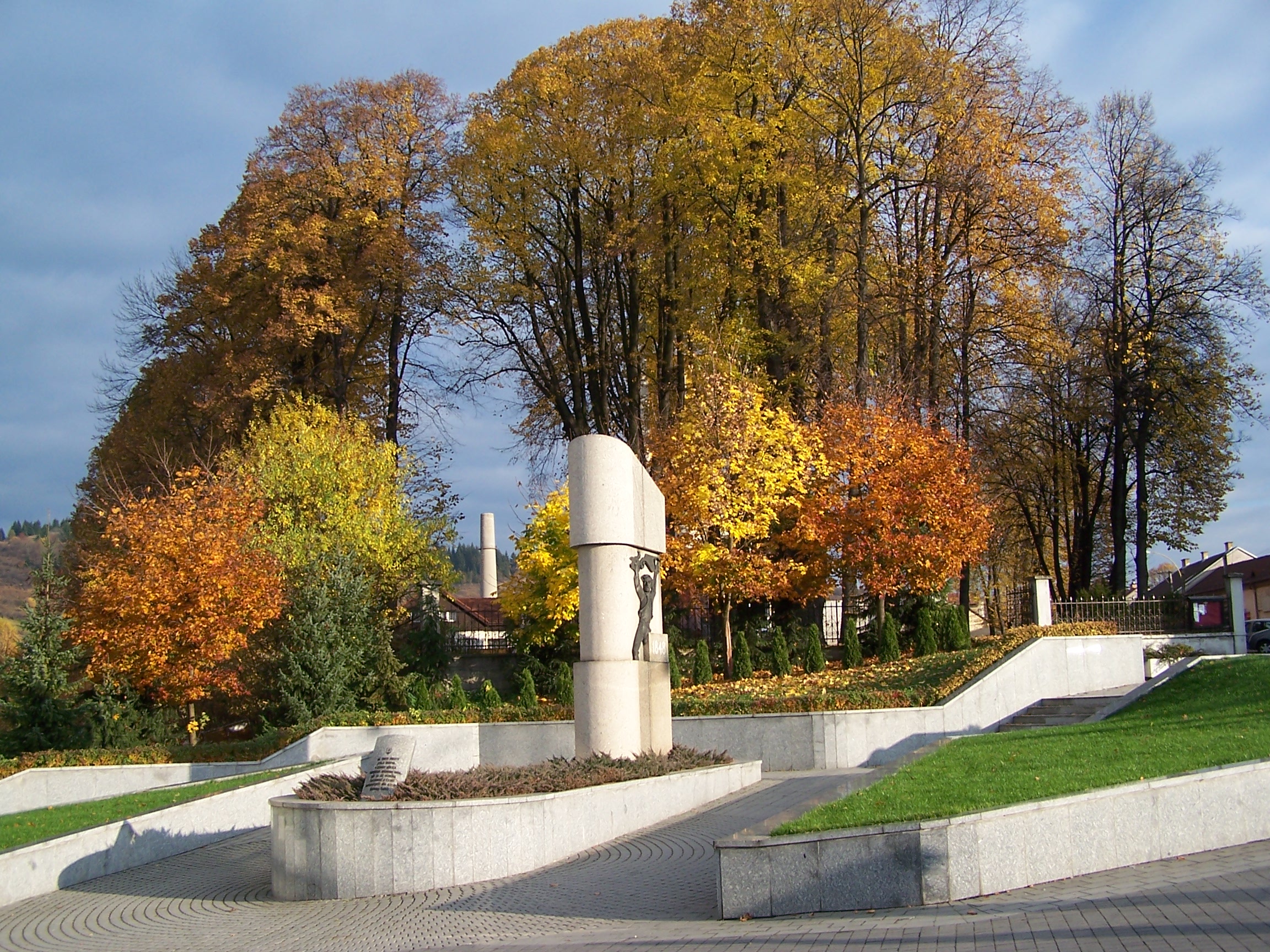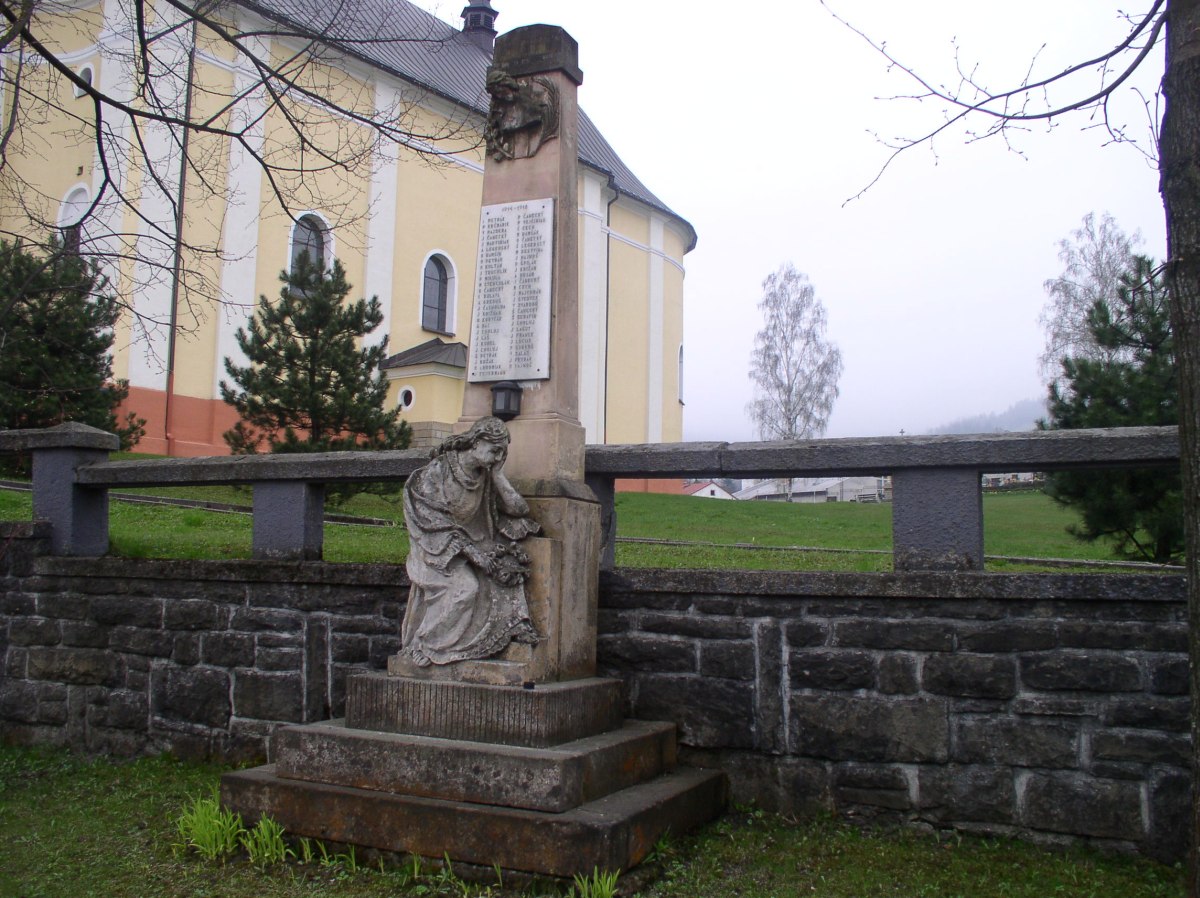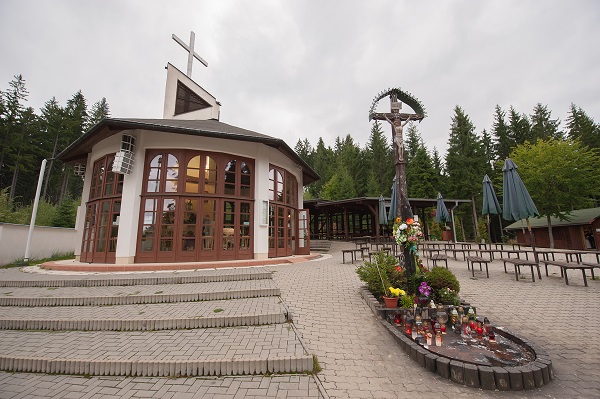Cultural historical

The Belltower at the settlement of Greguši is one of the dominants of Makov. It was the only building that remained in the settlement after it had been burned by Nazi soldiers on 13th December 1944. The original wooden bell tower was built as early as 1850. It was replaced by a newer one in its present form only in 1997, when it was consecrated by the parish priest Pavol Mitaš.
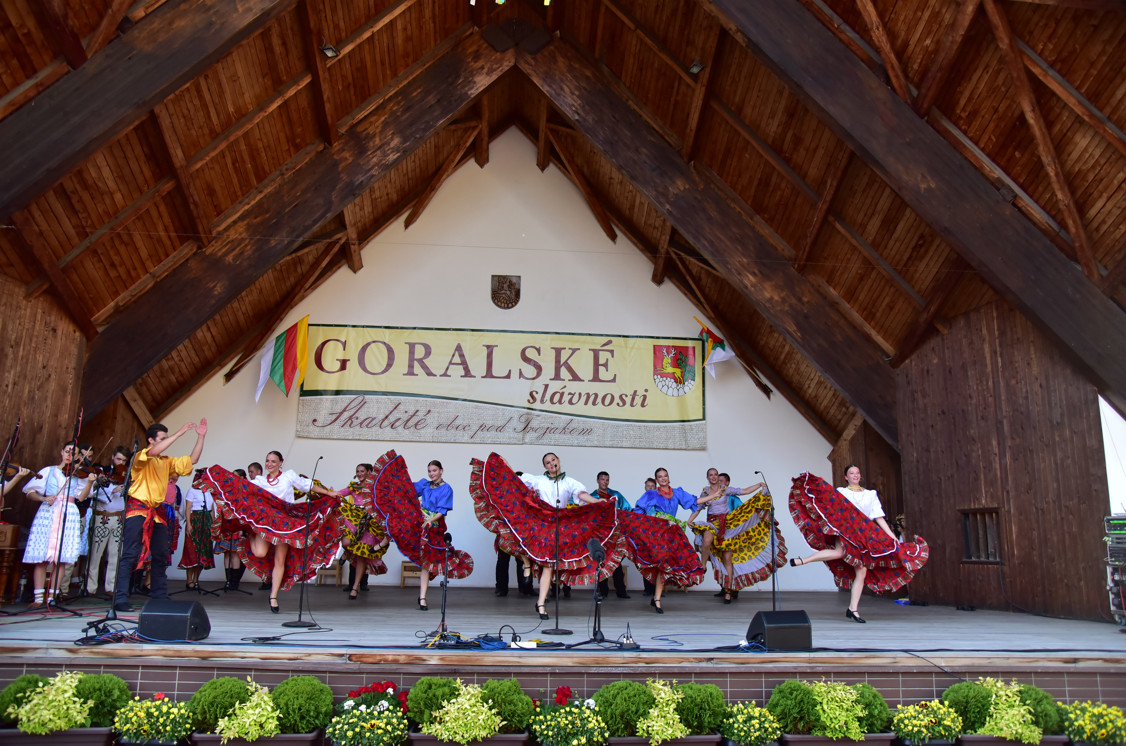
Goral Festival in Skalité is a very special event organized at the occasion of Midsummer night, the symbol of which was a bonfire lit in the early evening of St. John the Baptist, who has been the patron saint of the parish and the church since its foundation. This ancient custom became the inspiration of the festival of Goral culture. The signs of the Goral culture in Kysuce reflect Slovak-Polish relations and the very closeness of these two countries.
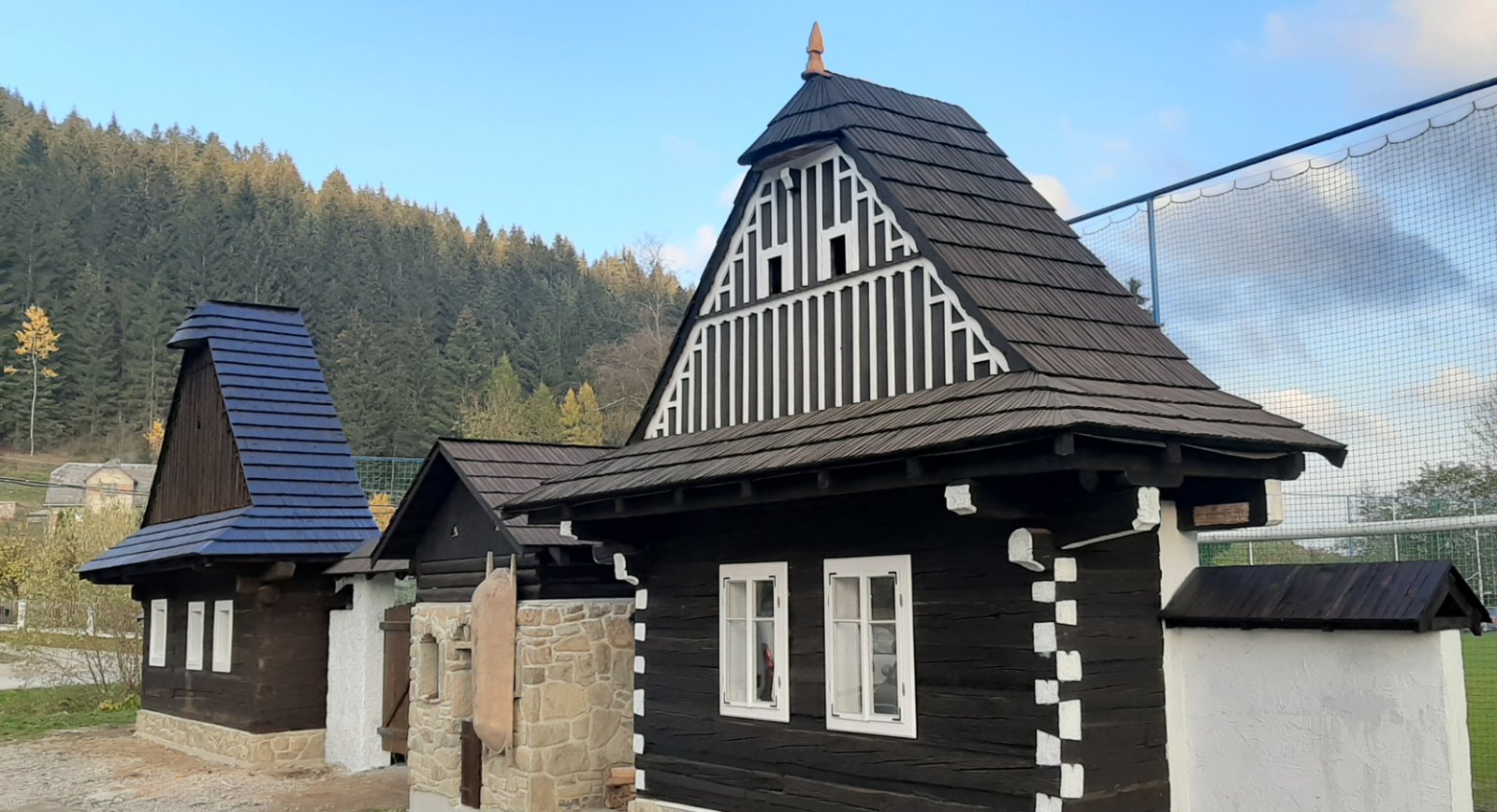
The Wall of History, a unique project aimed at saving the historical heritage and architecture of the Kysuce Region, is one of the most visited places in the village of Korňa. The Municipality of Korňa, in cooperation with the Kysuce Tourism Organization, joined their potential to meet the aim of saving the historical heritage and architecture of the Kysuce Region and to create attractive places for those coming to Kysuce.
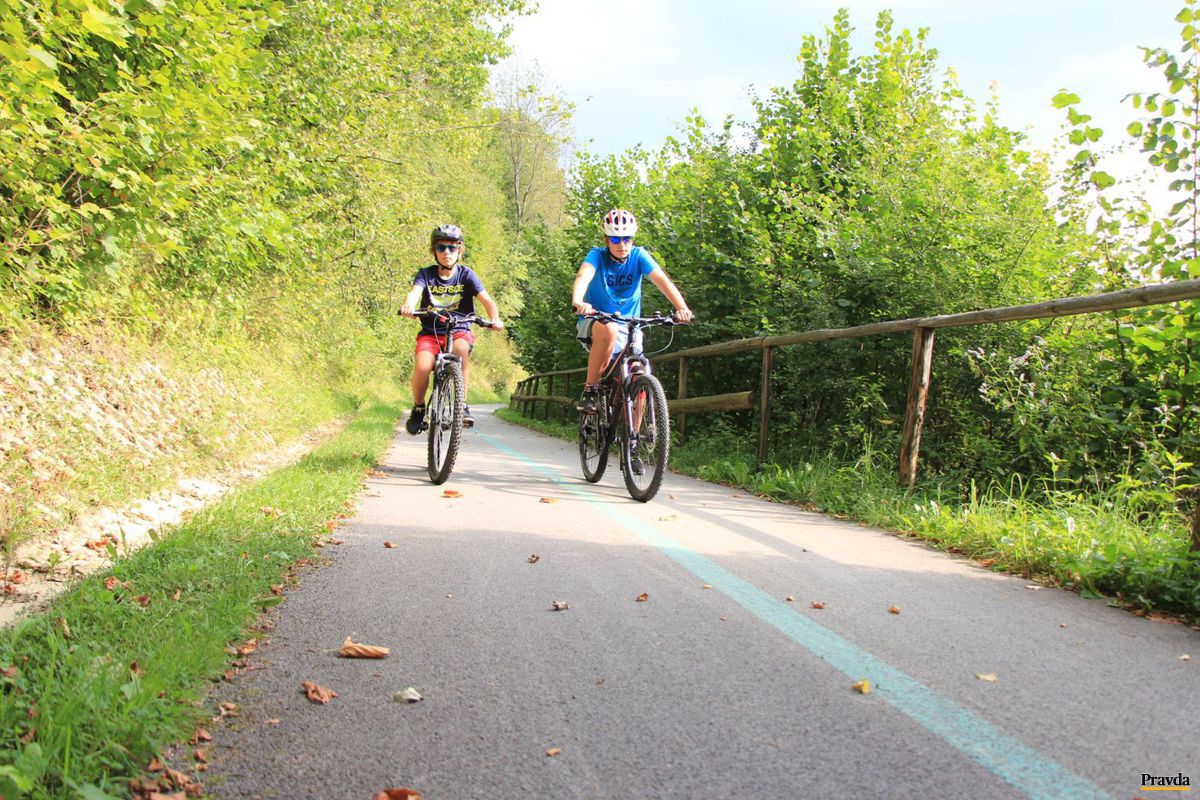
Krásno nad Kysucou is a crossroads of cycling routes. The sculpture entitled "Wheels of Joy" epitomizes a proud cyclist with golden hair and the Bunkers from II. World War II Tobruk type (ringstand 58c) remind of the war history of the location. After 75 years, the bunker was equipped with a machine gun that contributed to the authenticity of the shelter.

Šance - Valy formed a whole system of defensive objects connected by ramparts with ditches supposed to serve as defence of the Jablunkov pass against the Turkish threat. In the 17th century, they were used to defend Silesia against the incursions of Hungarian rebel troops during the anti-Habsburg uprisings.



